[Voja Antonic] has built a clock that tells the time in binary with square waves, and trolls the uninitiated in electronics.
The clock itself is very attractive. If you look closely you can see the circuitry backlit behind the dot LED matrix display. The whole thing is housed in a nicely folded steel case. RGB LEDs are used to good effect to highlight some additionally obfuscating circuit schematics. The workmanship is very top notch, and we would gladly host such an object on our desks.
The clock’s standard time telling mode is three sets of square waves showing the binary values for the hours, minutes, and seconds. Every now and then the clock will glitch out. The waves will distort. The colors will change. And every now and then, tantalizingly, the alpha-numeric time will show up for just a split second, before returning to those weird squiggles again.
We’ve seen a whole slew of binary clocks before. This one, for instance. But the waveform display makes us feel just that little bit more at home — it’s just like we’re sitting in front of our oscilloscope.



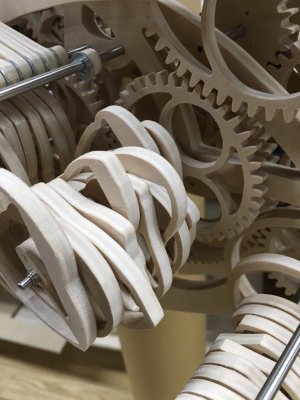 e’ve featured a lot of clock builds, but this one, as the title suggests, is frickin’ amazing. Talented art student [
e’ve featured a lot of clock builds, but this one, as the title suggests, is frickin’ amazing. Talented art student [
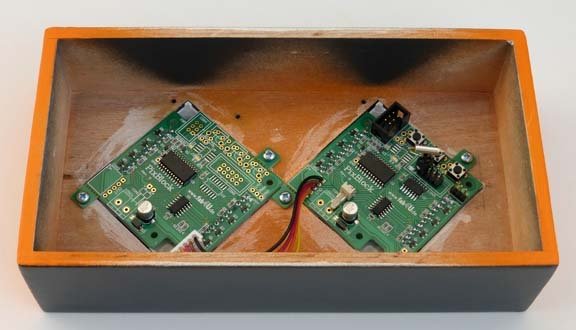
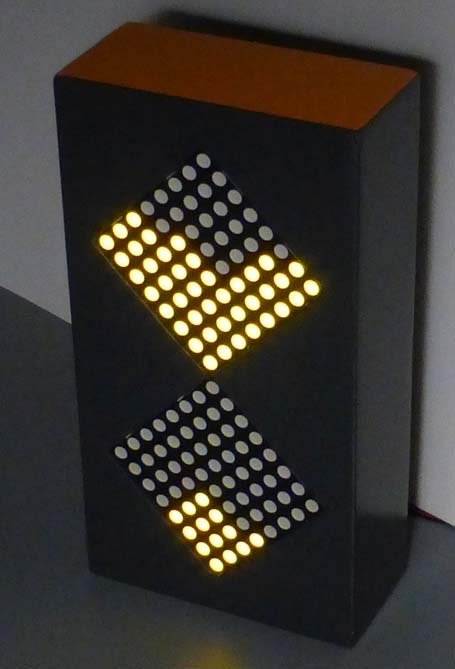
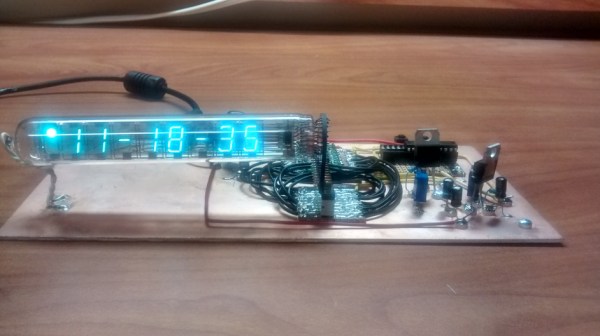


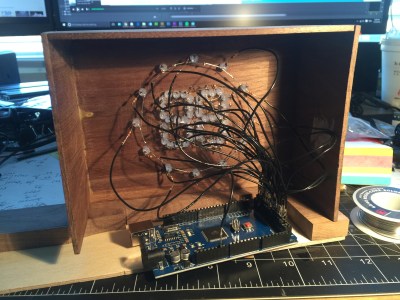 He built the enclosure completely out of walnut, which gives it a very refined and polished look; we’re quite impressed with his woodworking skills. The cool thing about this digital clock is that he used individual LEDs to create both the digital 7-segment displays, and a ring of LEDs around it to denote the hour.
He built the enclosure completely out of walnut, which gives it a very refined and polished look; we’re quite impressed with his woodworking skills. The cool thing about this digital clock is that he used individual LEDs to create both the digital 7-segment displays, and a ring of LEDs around it to denote the hour.








